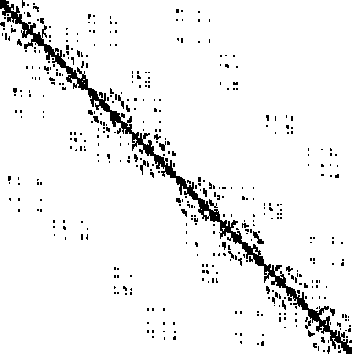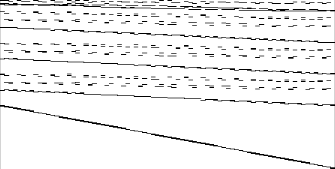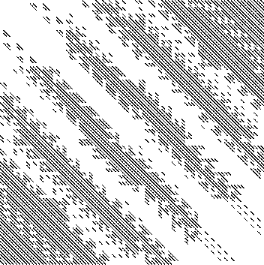| Title | Fast methods for the numerical solution of boundray integral equations | ||||||||||
| Participant | Klaus Giebermann | ||||||||||
| Key words | Boundary integral equations, boundary element method, fast summation methods, panel clustering, fast multipole method | ||||||||||
| Description |
A wide range of interesting problems can be formulated as boundary
integral equations over two-dimensional manifolds in R3.
E.g., certain kinds of elliptic partial differential equations
can be transformed into boundary integral equations. But unfortunately,
the numerical treatment of these equations leads, in contrast
to partial differential equations, to dense linear systems of equations.
They are usually better conditioned than second order partial
differential equations. The major drawbacks of boudary integral
methods are the evaluation of singular integrals and the handling
of the huge dense matrices. In this project we investigate several methods to overcome the second obstruction. Our focus lies on fast summantion methods and multi-scale methods. Panel clustering and the fast multipole method belong to the first category, wavelet base matrix compression to the second. In realistic applications the geometry looks rather complicated. A sequence of triangulations for such an object is given below:
Panel clusteringThis method can be seen as an approximative factorization of the stiffness-matrix. Therefore, an application of the dense matrix can be approximated by three applications of sparse matrices: + +


Fast Multipole MethodThe fast multipole method has been sucessfully applied to particle interactions ( n-body problems ). We have applied this method to the boundary-element method and we have found a similar matrix-oriented interpretation of this method. Again, the dense matrix can be approximated by sparse matrices:
 + +


 Fast Multipole factorization for the Helmholtz-equation on high wavenumbers Wavelet compressionAnother way to handle the BEM-matrices is to use wavelets to compress the stiffness-matrix. Here, the wavelets are defined on the boundary and have a certain number of vanishing moments. Typical wavelet-transformation of these matrices look like the one below:
| ||||||||||
| Bibliography |
| ||||||||||
| Related projects |
|